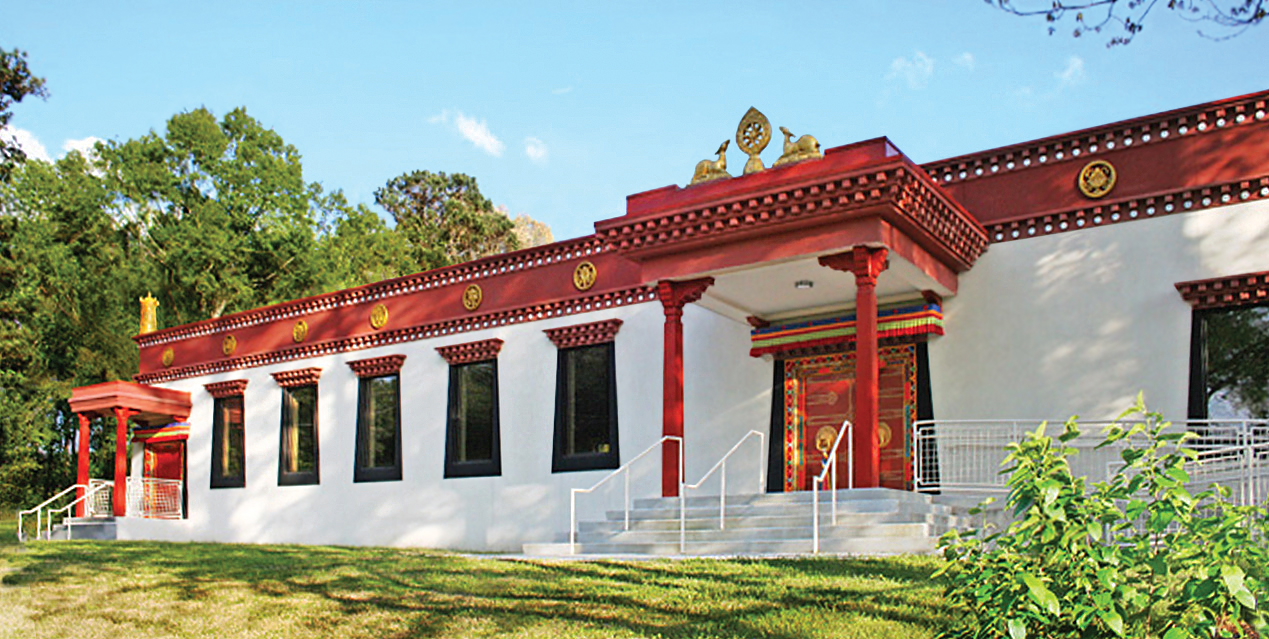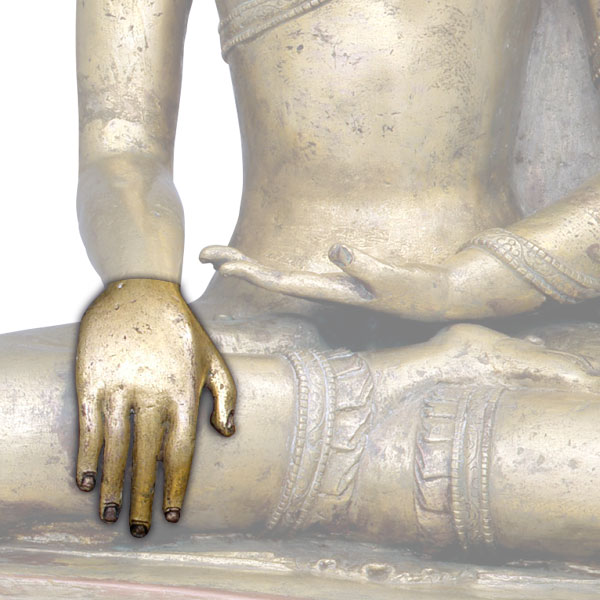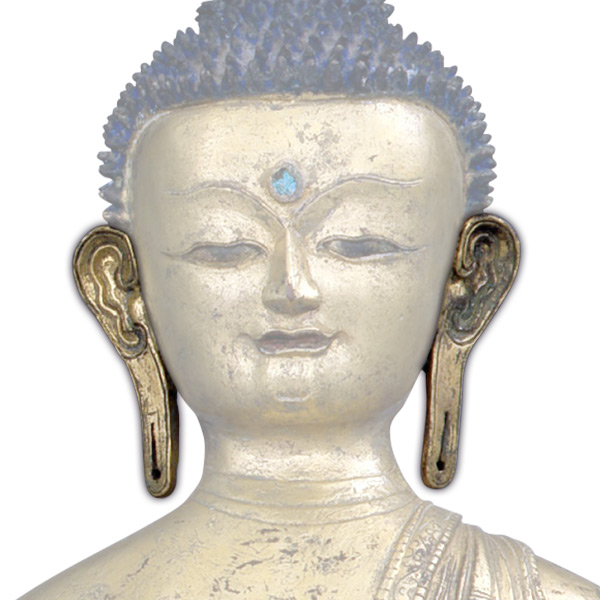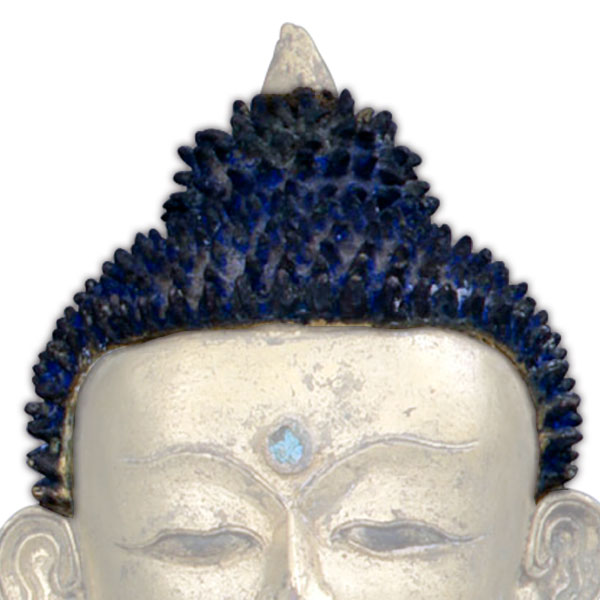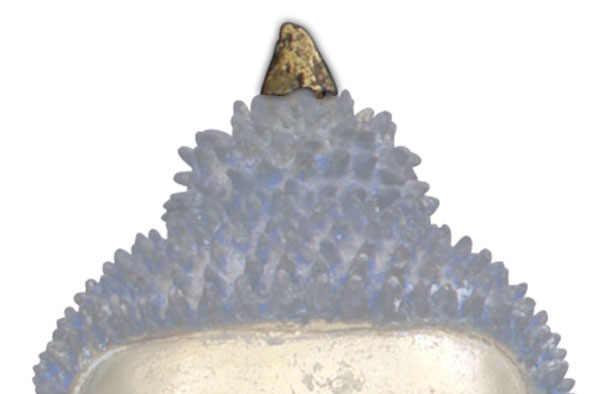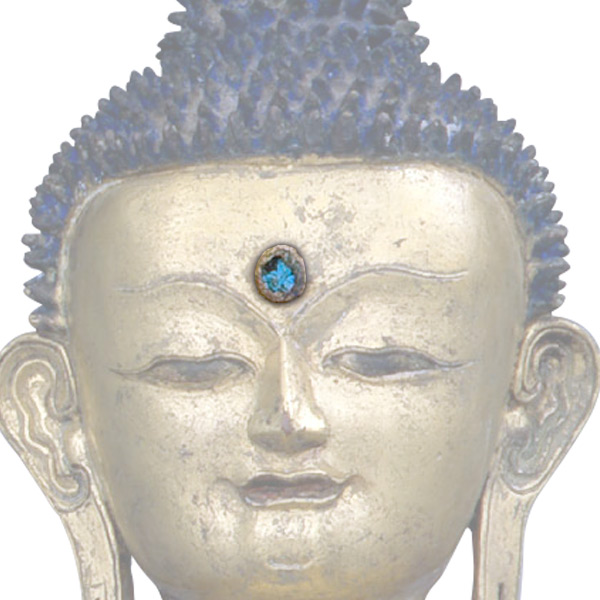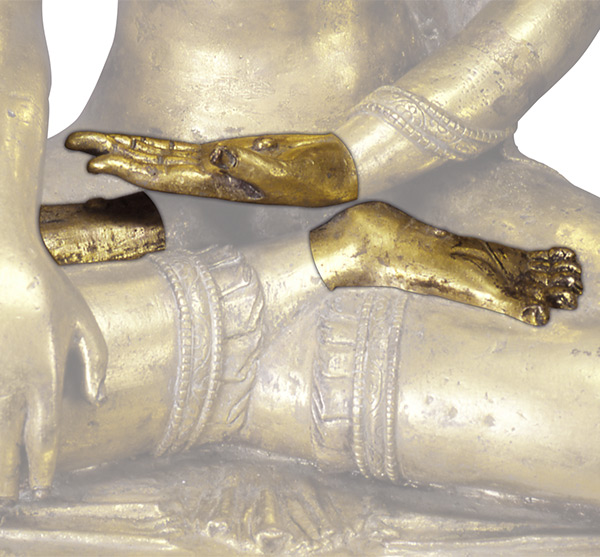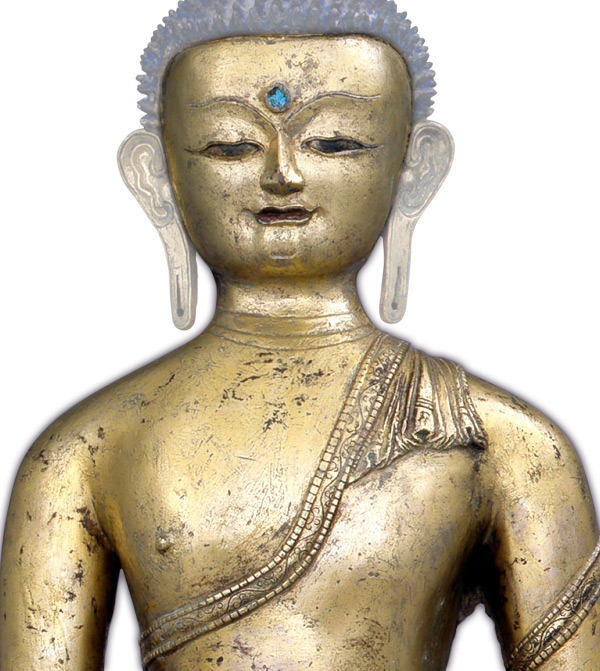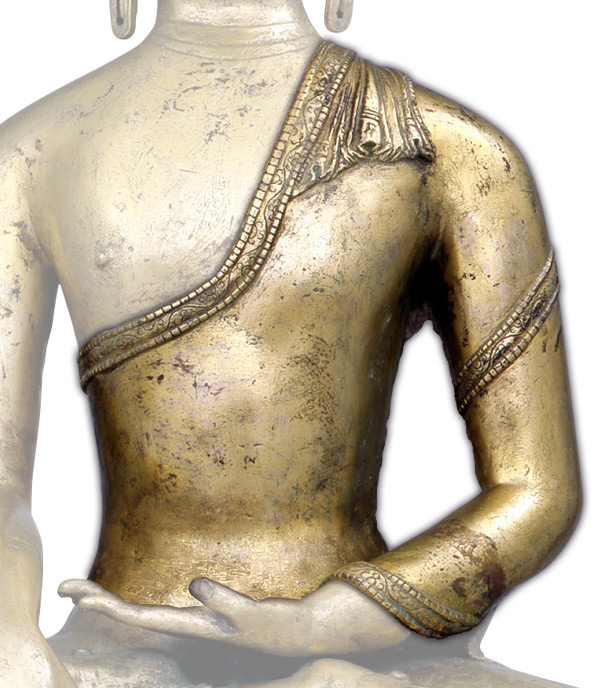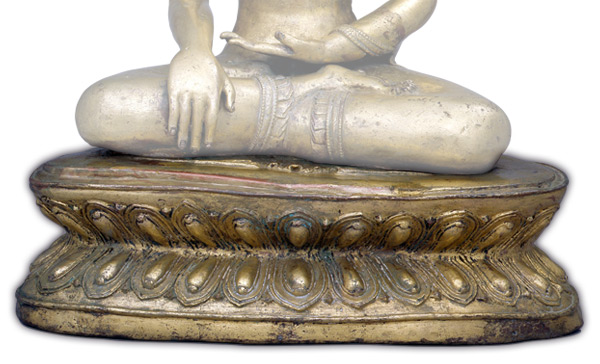Almost 2500 years ago, on the border between India and Nepal, a pampered young prince named Siddhartha Gautama left his family and the luxury of his palace home seeking answers to two questions: “why do human beings suffer?” and “is there an escape from suffering?”
First, he took up the life of India’s forest-dwelling ascetics — living apart from the world, denying himself shelter, food, and worldly possessions, and punishing his body in order to try and transcend the realities of illness, old age, and death. But he did not find the answers he sought. Instead, he became weak, with bones protruding.
One day, a young woman offered the starving Siddhartha a bowl of nourishing rice pudding. As he ate, he realized that neither indulgence nor deprivation, but a middle way, would lead to enlightenment.
After regaining his strength, he sat under the now famous Bodhi tree in the present day town of Bodh Gaya, India and said that he would not rise until he had attained enlightenment. This 13th-century statue depicts Siddhartha at the very moment of enlightenment, when he became “the awakened one,” the Buddha .
The Buddha’s answers to his questions may be understood through his teaching on The Four Noble Truths:
- There is suffering in life.
- Suffering is caused by desire and attachment.
- By learning to let go of desire and attachment, suffering can be overcome.
- The Eightfold Path is the way to overcome desire.
The Eightfold Path lays out an approach to living one's life that can lead to the end of suffering. The steps are not sequential, but must all be practiced at the same time. The path can be divided into concepts related to wisdom, ethical conduct, and mental discipline.
Wisdom
1. Right Understanding
Understanding things and events as they really are, not through the lens of one’s emotions, attachments, prejudices or pre-conceived ideas.
2. Right Thinking
The Buddha said in the Dhammapada, "All that we are is the result of what we have thought: it is founded on our thoughts, it is made up of our thoughts. If a man speaks or acts with an evil thought, pain follows him, as the wheel follows the foot of the ox that draws the carriage.
All that we are is the result of what we have thought: it is founded on our thoughts, it is made up of our thoughts. If a man speaks or acts with a pure thought, happiness follows him, like a shadow that never leaves him."
Ethical Conduct
3. Right Speech
More than just the avoidance of lies and deceptions, rude and abusive language, gossip, and slander of others, the concept of Right Speech encourages honest speech that promotes harmony and good will.
4. Right Action
Not killing, not lying, not elevating oneself or blaming others, not allowing oneself to be angry, these are examples of the precepts of Right Action.
5. Right Livelihood
Finding a way to make a living that does no harm to others.
Mental Discipline
6. Right Effort
The diligence and discipline required to cultivate compassion, kindness and other wholesome qualities, and to eliminate negative qualities such as greed, anger, and ignorance.
7. Right Mindfulness
Being fully present, attentive, and observant, so that we may experience each moment directly.
8. Right Concentration
Often associated with meditation, Right Concentration is the focusing of one’s thoughts, body, and breath, on one particular object in order to focus the mind.
The Buddha is not worshipped as a god, but his image is helpful to followers who hold it in their minds as they meditate on the qualities of compassion and wisdom exemplified by his life and spelled out in his teachings.
The image of the Buddha is distinguished by characteristic poses (asanas ) and gestures (mudras ), as well as the presence of auspicious markings (lakshanas ) that convey aspects of his enlightenment. These have governed artistic representations of the Buddha for centuries.
Click on highlighted areas to learn more about this 13th-century gilded bronze Buddha from Tibet.
A sculpture like this one would have been made for an altar in a Buddhist temple or monastery. In Atlanta, a statue similar to the one here can be found on the altar at the Drepung Loseling Monastery and Center for Tibetan Studies
